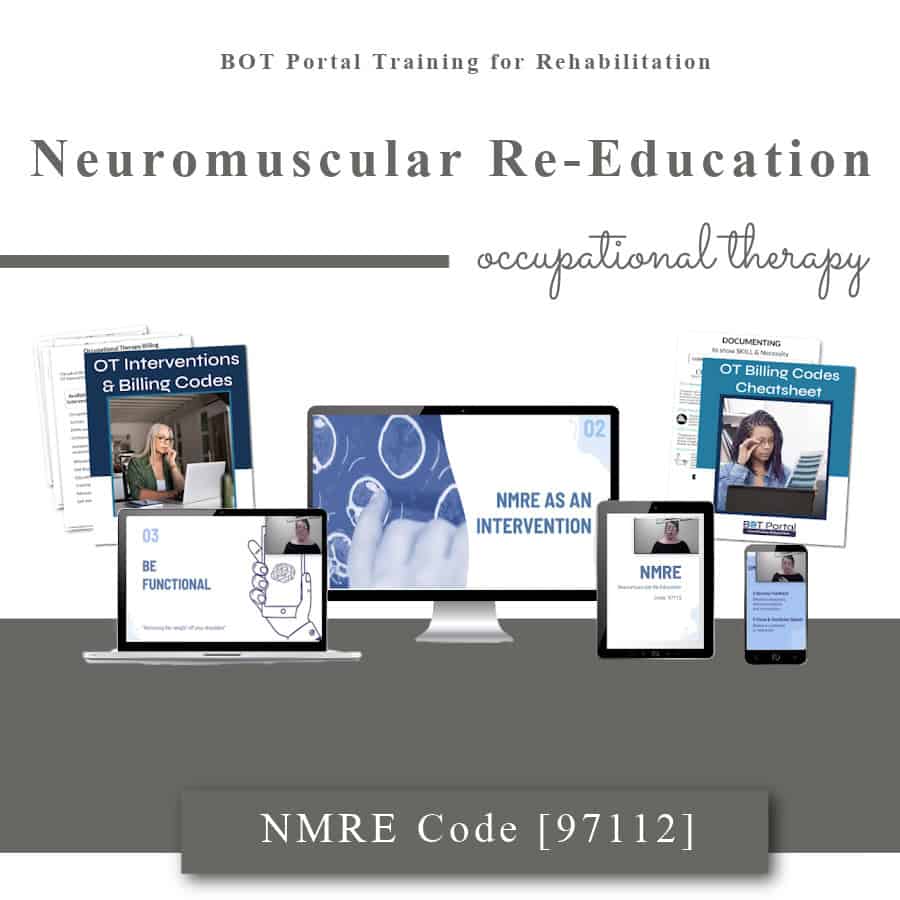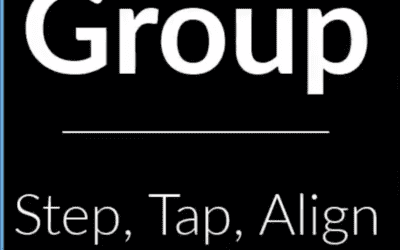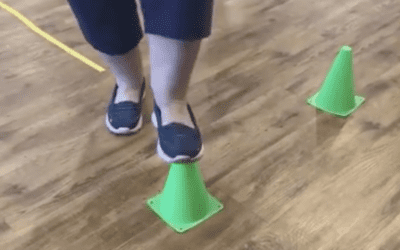
Neuromuscular Re-Education in Occupational Therapy
Neuromuscular Re-education is an underlying skill in all occupational performance activities.
Addressing Neuromuscular Re-Education (NMRE) is pivotal in occupational therapy practice, and contrary to common belief, it isn’t exclusive to patients with neurological diagnoses. Instead, NMRE serves as a fundamental code utilized by occupational therapy practitioners (OTPs) across various neurological-based models or frames of reference within their scope of practice. Whether employing neuromotor, neurobehavioral, neurocognitive, dual-tasking, neuromuscular, or Neurodevelopmental approaches, NMRE remains a cornerstone for promoting, restoring, or maintaining balance, coordination, kinesthetic sense, posture, and proprioception for sitting and standing activities.
Imagine a child with developmental delays struggling to maintain balance while sitting at a desk in school. By implementing NMRE interventions, occupational therapists can help the child improve core strength, coordination, and postural control, enabling them to sit upright and engage in learning activities more comfortably and effectively.
Similarly, consider an adult recovering from a lower limb injury who experiences difficulty maintaining balance while standing during household chores. Through NMRE techniques, occupational therapists can target specific muscle groups, enhance proprioceptive feedback, and improve overall stability, empowering the individual to perform daily tasks with increased confidence and safety.
Whether it’s a senior citizen aiming to prevent falls by improving balance and coordination or a stroke survivor working to regain functional independence in activities of daily living, NMRE interventions play a vital role in facilitating optimal occupational performance across the lifespan.
By addressing Neuromuscular Re-Education, occupational therapy practitioners equip individuals with the skills and abilities necessary to navigate their daily routines with greater ease, confidence, and independence. Through tailored interventions and evidence-based approaches, NMRE fosters improved balance, coordination, posture, and proprioception, ultimately enhancing the overall quality of life for clients across diverse populations and settings.
Neuromuscular Re-Education Course
This course will offer you an overview of the Neuromuscular Re-Education Billing Code (97112). Many practitioners develop misconceptions about billing for codes other than Self-Care. This is simply not the case! Join this course for more information and confidence in billing for treatments purposes to improve posture, balance, and motor planning.
General:
Neuromuscular Re-education (NMRE) – 97112
This code does not require your patient to have a neurological-based diagnosis (this is a common mis-fact). Instead NMRE is a common code used by OTPs when applying one of the ten to twenty neurological-based models of practices or frames of reference they have within their scope whether that is neuromotor, neurobehavioral, neurocognitive, dual tasking, neuromuscular, Neurodevelopmental, etc. NMRE can apply to individuals across the lifespan when implementing interventions designed to promote, restore, or maintain balance, coordination, kinesthetic sense, posture, and/or proprioception for sitting and/or standing activities.
Assessments to use in Evaluation and Progress Notes:
- BERG Balance Assessment
- Timed Up and Go
- 5 Times Sit to Stand
- 10ft Tandem Line
- Modified Falls Efficacy Scale
- ABC Balance Scale
How should you approach Neuromuscular Re-Education Training in Occupational Therapy?
Explanation: An occupational therapy practitioner has a secret sauce to rehabilitation. What separates us from everyone else is that we use activity analysis for repair and we work in continuums! We are holistic practitioners who work in both the social and medical models which means we understand that there is a sequence that must be used for maximum recovery. What is the treatment continuum for balance in occupational therapy?
How should you format your plan of care or treatment plans to help someone improve their balance for maximum occupational therapy performance? Well, first of all – be prepared for 6-12 weeks of work! Balance takes a long time to correct!!! An occupational therapy practitioner is required to improve the balance so much that the balance system is effective across any context his/her patient may find themselves.
Some things to consider when working with balance:
- Postural Alignment Assessment and Gait Assessment
- Address muscle mal-alignments, imbalances, and generalized weakness
- Static sitting – supported (postural endurance and body mechanics)
- Static sitting – unsupported (postural endurance and body mechanics)
- Dynamic sitting activities / exercises — progress to multi-modal dynamic sitting activities
- Static standing
- Transitional movement efficiency and stability
- Dynamic standing activities requiring unilateral upper extremity involvement, one hand support
- Dynamic standing activities requiring bilateral upper extremity involvement
- Dynamic standing activities requiring extensive weight shift beyond base of support
- Dynamic standing activities requiring bilateral upper extremity involvement with reach outside or beyond base of support
- Gait Training
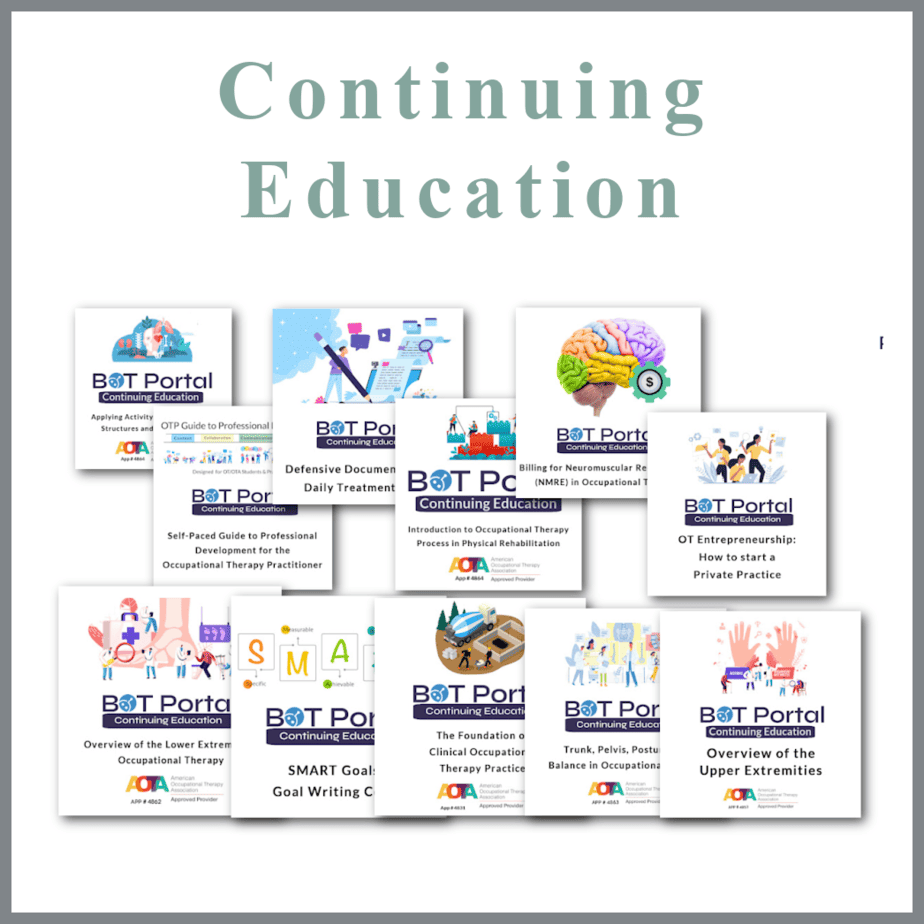
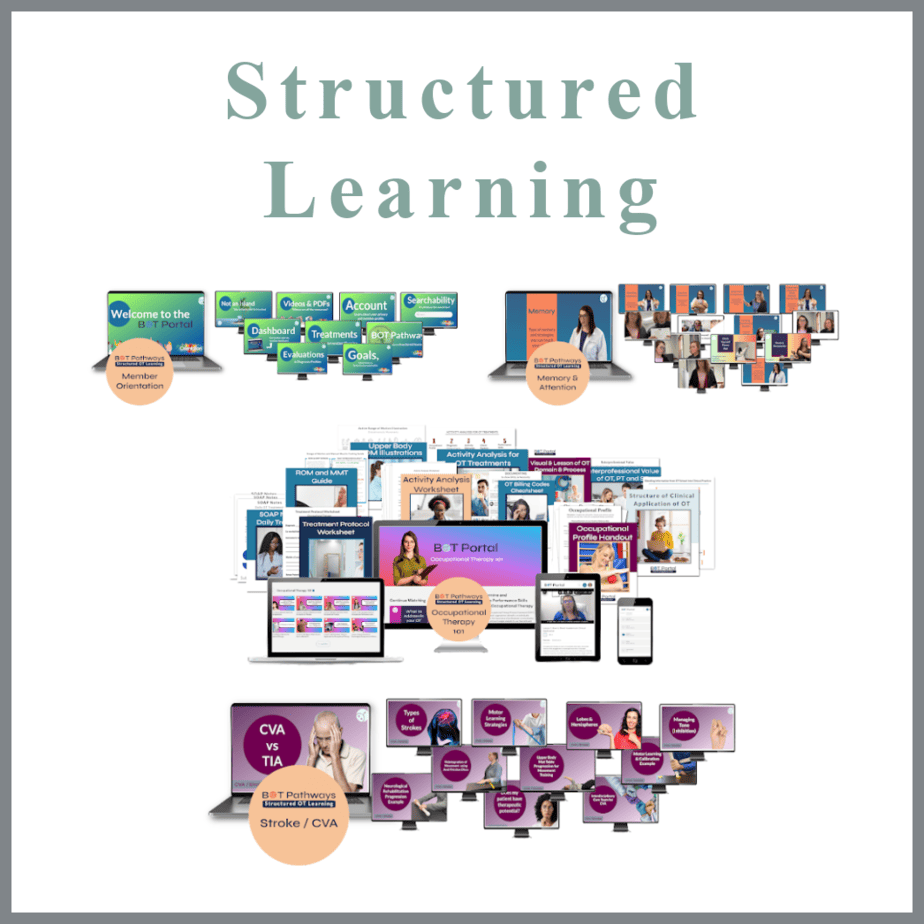
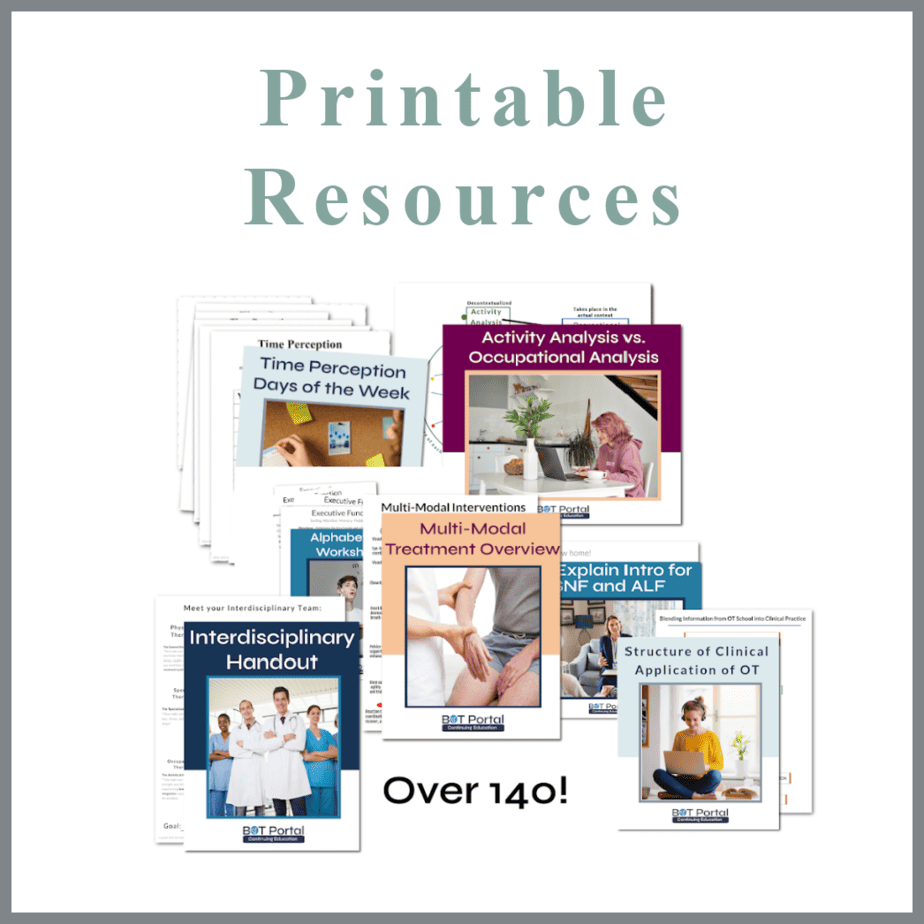
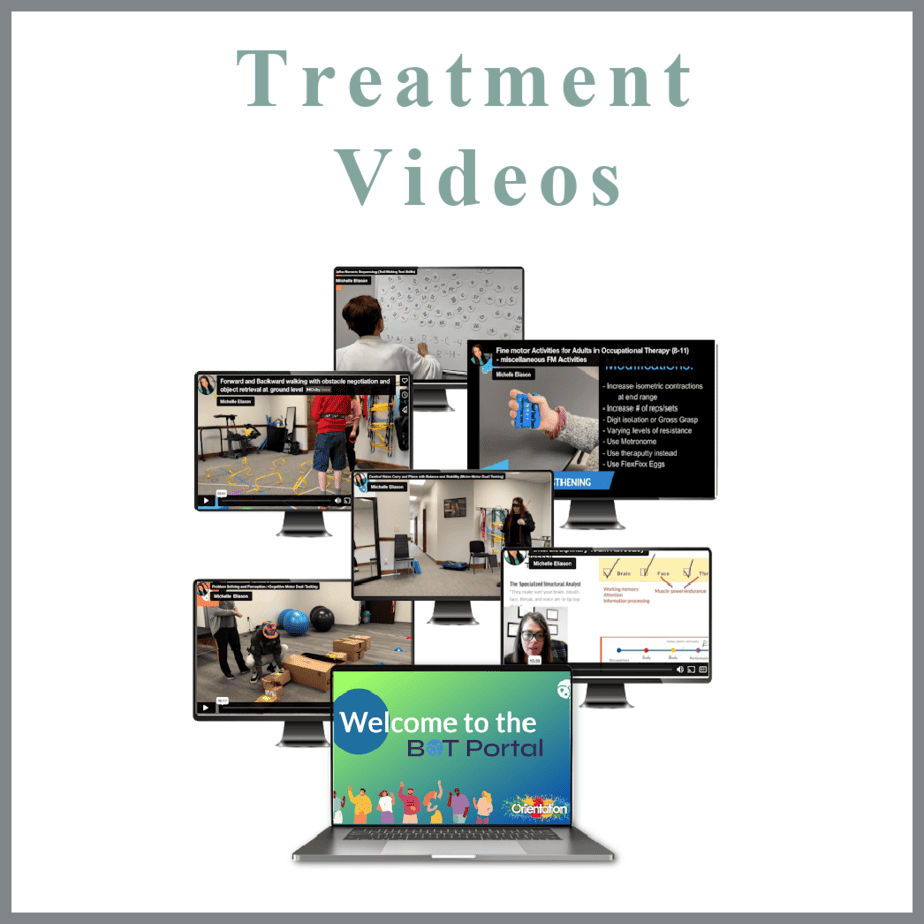
Membership Perks
Two Membership Options!
Your investment gives you resources to save you stress, self-doubt, and burnout as you become a confident and competent practitioner who can stand up for your professional point of view and scope of practice.
Neuromuscular Re-Education Intervention Examples [Not meant to be medical advice]:
Foam Pad – Balance and Reach Sequence
Activity: The patient stands on an uneven foam pad and performs a series of balance and reach exercises. This sequence includes standing with both feet on the foam pad and reaching for objects placed at various heights and distances around the patient. The patient performs alternating reaches to the front, sides, and above shoulder level while maintaining balance on the foam pad.
Mechanism of Action: This activity engages the automatic postural support muscles, neuromuscular system, and joint stability mechanisms. It maximizes neuronal plasticity by challenging balance and coordination in multiple planes.
Parameters: 2 sets of 10 reaches in each direction, CGA for stability, patient uses BUEs for support.
Heel-to-Toe Walking on Balance Beam
Activity: The patient performs heel-to-toe walking on a narrow balance beam. The activity requires the patient to walk forward and backward on the beam, maintaining balance while focusing on slow, controlled movements.
Mechanism of Action: This activity improves neuromuscular coordination, proprioception, and postural control. It challenges the balance system by requiring precise foot placement and slow, deliberate movements.
Parameters: 2 sets of 5 forward and backward walks, CGA for stability, verbal cues for alignment.
Swiss Ball – Seated Balance and Leg Lifts
Activity: The patient sits on a Swiss ball and performs alternating leg lifts. While maintaining balance on the ball, the patient lifts one leg at a time, holding the position briefly before lowering the leg and lifting the other.
Mechanism of Action: This activity enhances core stability, postural control, and lower extremity strength. It requires the patient to engage the neuromuscular system to maintain balance while performing dynamic leg movements.
Parameters: 2 sets of 15 leg lifts each side, CGA for stability, patient can use hands for support on the ball initially.
Resistance Band – Upper Extremity Re-Education
Activity: The patient uses a resistance band to perform a series of upper extremity exercises, including shoulder flexion, extension, abduction, and external rotation. These movements are done while maintaining a stable posture, either seated or standing.
Mechanism of Action: This activity targets neuromuscular re-education of the upper extremities, focusing on muscle coordination, strength, and joint stability. It also enhances proprioceptive feedback and motor control.
Parameters: 2 sets of 10 reps for each movement, light resistance band, patient maintains controlled movement and posture.
Step-Up and Balance on Uneven Surface
Activity: The patient performs step-ups onto an uneven surface, such as a foam pad or balance board. After stepping up, the patient maintains balance for a few seconds before stepping down and repeating with the other leg.
Mechanism of Action: This activity enhances lower extremity strength, balance, and coordination. It engages the neuromuscular system to adjust to the unstable surface and maintain postural control.
Parameters: 2 sets of 10 step-ups each leg, CGA for stability, focus on slow and controlled movements.
Hand-Eye Coordination with Object Manipulation
Activity: The patient performs tasks that require precise hand movements, such as picking up small objects, threading beads, or stacking cups. The activity can be graded by varying the size of the objects and the complexity of the task.
Mechanism of Action: This activity improves fine motor control, coordination, and hand dexterity. It enhances neuromuscular re-education by challenging the intrinsic and extrinsic hand muscles.
Parameters: 2 sets of 15-20 manipulations, moderate supervision, patient performs task at a comfortable pace.
Functional Reach Test for Dynamic Balance
Activity: The patient performs a functional reach test, standing and reaching forward as far as possible without losing balance or taking a step. This can be done in various directions (forward, sideways).
Mechanism of Action: This activity targets dynamic balance, postural control, and the ability to shift weight while maintaining stability. It engages the neuromuscular system in a functional context.
Parameters: 3 sets of 5 reaches in each direction, CGA for stability, measure reach distance to track progress.
Proprioceptive Neuromuscular Facilitation (PNF) Patterns
Activity: The patient performs PNF patterns for the upper and lower extremities. This includes diagonal movements that combine flexion, extension, and rotation (e.g., D1 and D2 patterns).
Mechanism of Action: This activity enhances neuromuscular coordination, strength, and flexibility. It engages multiple muscle groups in a coordinated manner, promoting functional movement patterns.
Parameters: 2 sets of 10 repetitions for each pattern, light resistance, focus on smooth and controlled movements.
Seated Trunk Rotation with Medicine Ball
Activity: The patient sits and holds a medicine ball, rotating the trunk to pass the ball to a partner or target on either side. This can be done with varying speeds and resistance.
Mechanism of Action: This activity improves core stability, trunk rotation strength, and neuromuscular coordination. It engages the postural muscles and enhances dynamic balance.
Parameters: 2 sets of 15 rotations each side, moderate supervision, adjust weight of the ball as needed.
Therapeutic Ball Toss for Coordination and Balance
Activity: The patient stands on a balance pad and tosses a lightweight ball to a partner or target, focusing on maintaining balance while catching and throwing.
Mechanism of Action: This activity enhances hand-eye coordination, balance, and postural control. It engages the neuromuscular system to maintain stability while performing dynamic tasks.
Parameters: 2 sets of 20 tosses, CGA for stability, use a lightweight ball and gradually increase the challenge.

